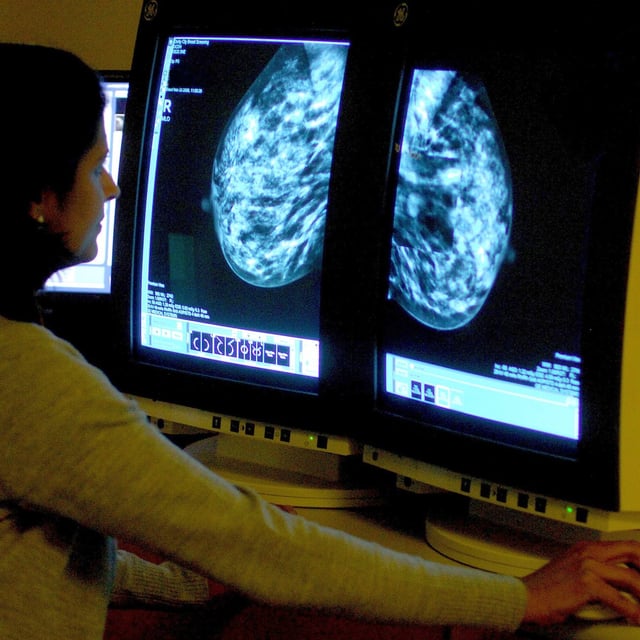Overview
- In a validation study of 213 patients, the assay correctly flagged the 6% whose Luminal B tumors remained static after two weeks of hormone therapy as highest risk of relapse.
- The functional test tracks shifts in tumor molecular subtypes following brief neoadjuvant endocrine therapy to forecast relapse risk in ER-positive, HER2-positive breast cancer.
- Researchers at the Institute for Cancer Research in London say the assay could allow low-risk patients to de-escalate therapy and prompt high-risk cases to receive more intensive treatment strategies sooner.
- Experts advocate integrating the test into pre-surgical planning to tailor treatment intensity based on each tumor’s early response.
- A larger clinical trial is set to evaluate the test’s broader applicability and its impact on personalized breast cancer care.

